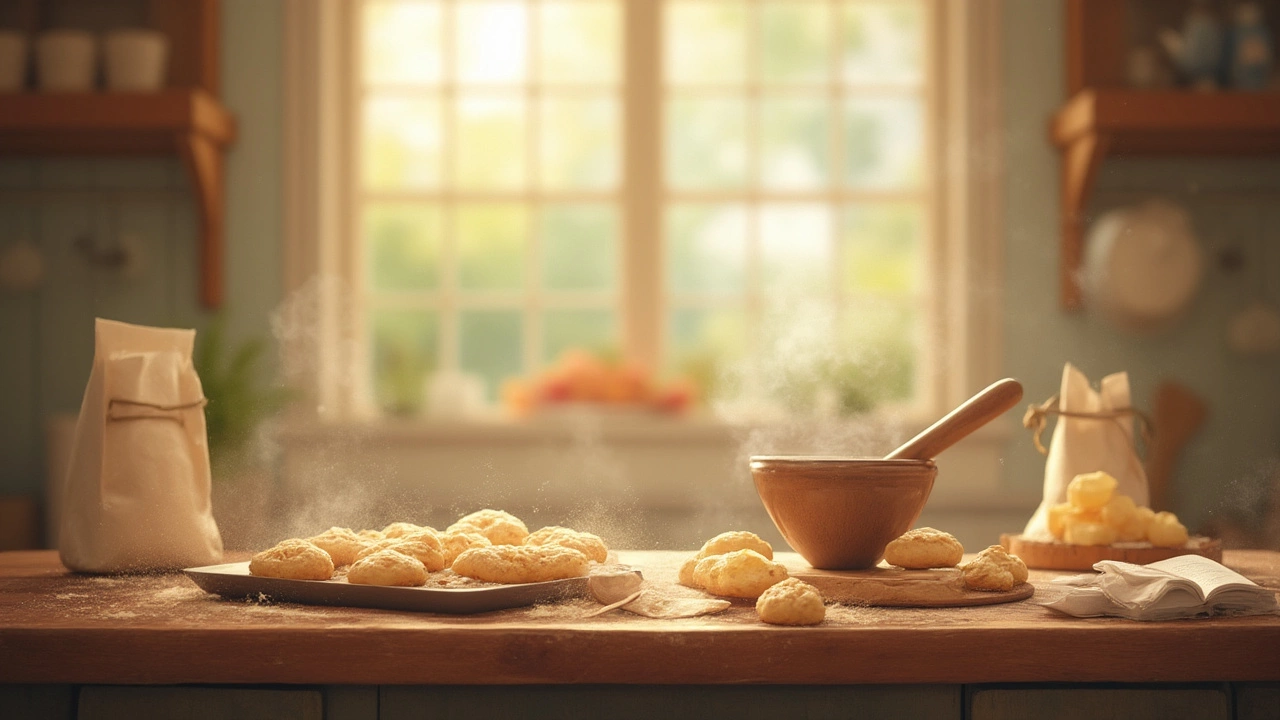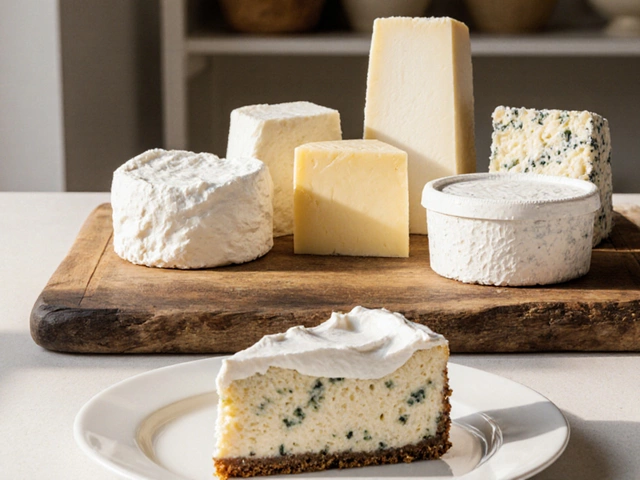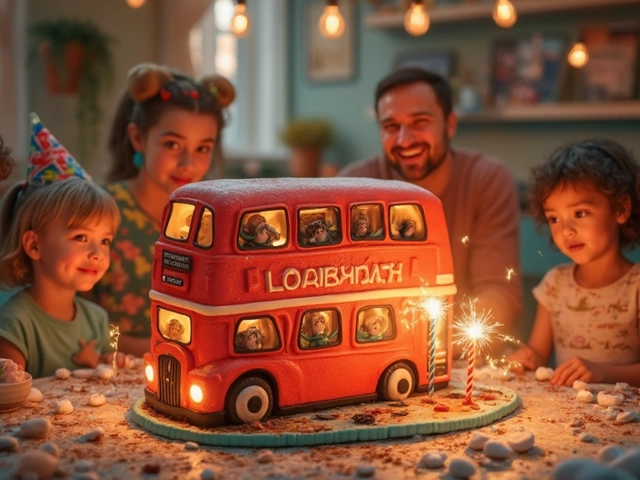Ever tried to bake cookies, expecting them to turn out wonderfully airy and thick, but instead they flattened into sad little puddles? There's a whole world behind that cookie lift, and it's not magic. Let's pick apart the science and little tricks that can boost your cookies’ fluff factor.
Breaking Down 'Fluffiness': What Does It Really Mean?
When someone says a cookie is fluffy, what they're really talking about is that light, soft, slightly chewy texture that feels more like a little cake than a traditional flat, crispy cookie. Fluffy cookies stand tall and proud. Their insides are tender and sometimes even a bit pillow-soft, with tiny air pockets you can see if you split one open. So what exactly creates this texture?
The most important culprit is air. But air doesn't just end up in your dough by accident. There are three major players when it comes to making cookies fluffy: leavening agents, fat, and the way you handle the dough.
Leavening agents are absolutely crucial. Baking powder and baking soda, for instance, both release carbon dioxide when exposed to heat (and moisture or acid, in the case of baking soda). This creates the bubbles inside your dough, which then puff up as they bake, making your cookies rise and turn out soft and thick. The catch is getting the ratios right. Not enough leavening, and your cookies will be dense; too much, and they'll taste soapy or overly metallic, sometimes even collapsing into themselves.
Fat is next. Usually with cookies, that's all about the butter (though shortening, coconut oil, or even cream cheese can get in the game). Room-temperature butter, creamed with sugar, traps tiny pockets of air. The process—called creaming—matters. If you skip this step, just melting the butter and mixing it all together, you’ll lose most of your lift before you even start.
Finally, your mixing technique can make or break fluffiness. Over-mixing can knock all the air right back out of the dough, leaving you with cookies as dense as hockey pucks. Undermixing leaves uneven pockets, with some cookies more airy than others. That sweet spot, where everything is just combined, is what you want. By understanding these variables, bakers gain better control over the outcome and can tweak recipes for the perfect result.
One fun fact? Toll House chocolate chip cookies—the mother of all cookie recipes—involved creaming butter and sugar, using both baking soda and eggs. The process is just as important as the ingredients. Every fluffy cookie starts with attention to these basics.
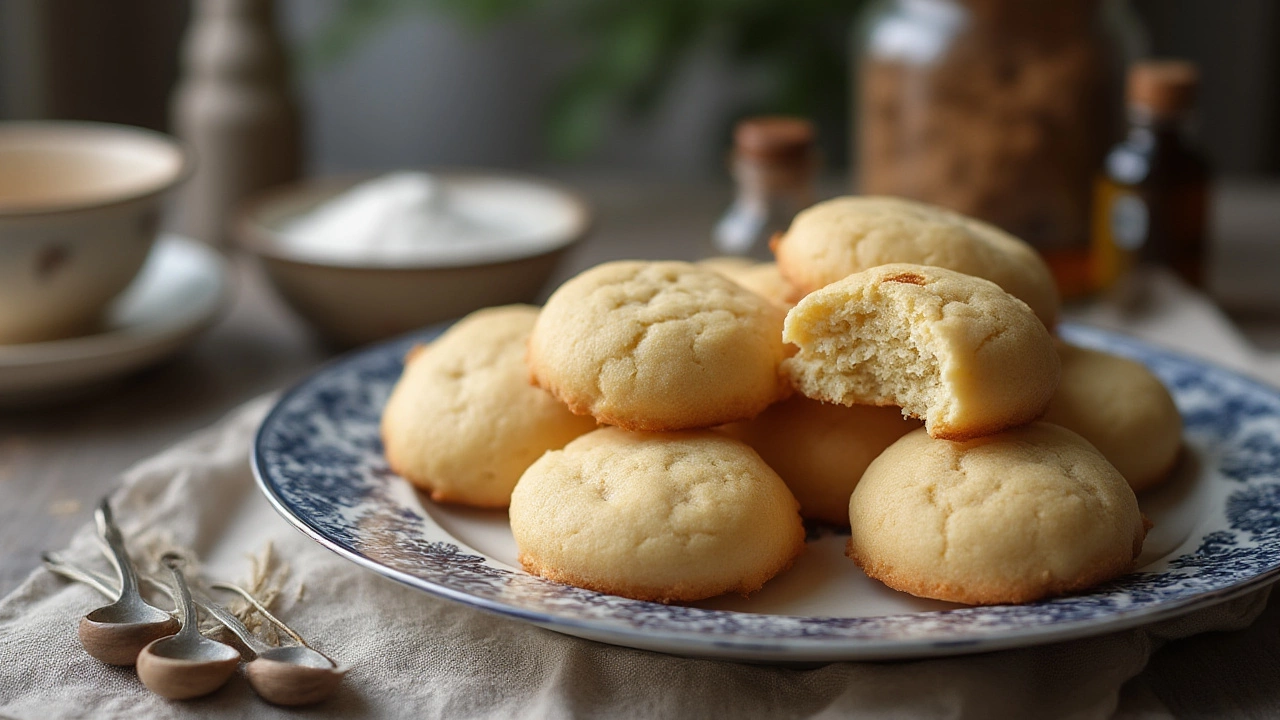
The Key Ingredients That Make Cookies Fluffy
If you ever comb through dozens of cookie recipes, you’ll notice a few with quite a big difference in fluff. The common thread? They nail the right amount of leavening, fat, and structure-adding ingredients. Here’s what you should pay attention to in your list of ingredients for fluffy cookies:
| Ingredient | Role in Fluffiness | Tips |
|---|---|---|
| Baking Powder | Main leavening. Creates bubbles for height. | 1/2 tsp per cup of flour is a smart starting point. |
| Baking Soda | Works with acids, helps rising and browning. | Watch the recipe’s acidity: use with buttermilk, molasses, or brown sugar. |
| Butter | Traps air when creamed with sugar. Adds moistness. | Use unsalted, room-temperature butter. Don’t over-melt! |
| Sugar | Creates structure and helps with tender crumb. | White sugar gives more puff, brown sugar more chew. |
| Eggs | Bind, leaven, and moisten the dough. | Add one extra egg yolk for extra rich and fluffy centers. |
| Flour | Builds the “walls” that trap air pockets. | Measure carefully: too much flour = cakey, too little = flat. |
Let’s unravel a few kitchen mysteries: Using cake flour instead of all-purpose will get you softer, fluffier cookies. That’s because cake flour has less protein, which means less gluten develops in the dough—so you get less chew, more softness, and more ability for air to stick around. Adding cornstarch (1-2 teaspoons per cup of flour) has a similar effect, breaking up some of the gluten strands and making the crumb more tender.
Another tip? Chill your dough. Seriously, stick it in the fridge for at least 30 minutes. Cold dough takes longer to spread in the oven, letting those leavening agents do more work, and it locks in moisture so you don’t end up with dry cookies. It’s also why so many bakeries swear by a cold overnight rest—more complex flavors, and higher, fluffier cookies.
Check your baking powder and soda. These lose efficacy over time—after about 6 months, they start to underperform. Always check their freshness if your cookies suddenly turn out flat and dense.
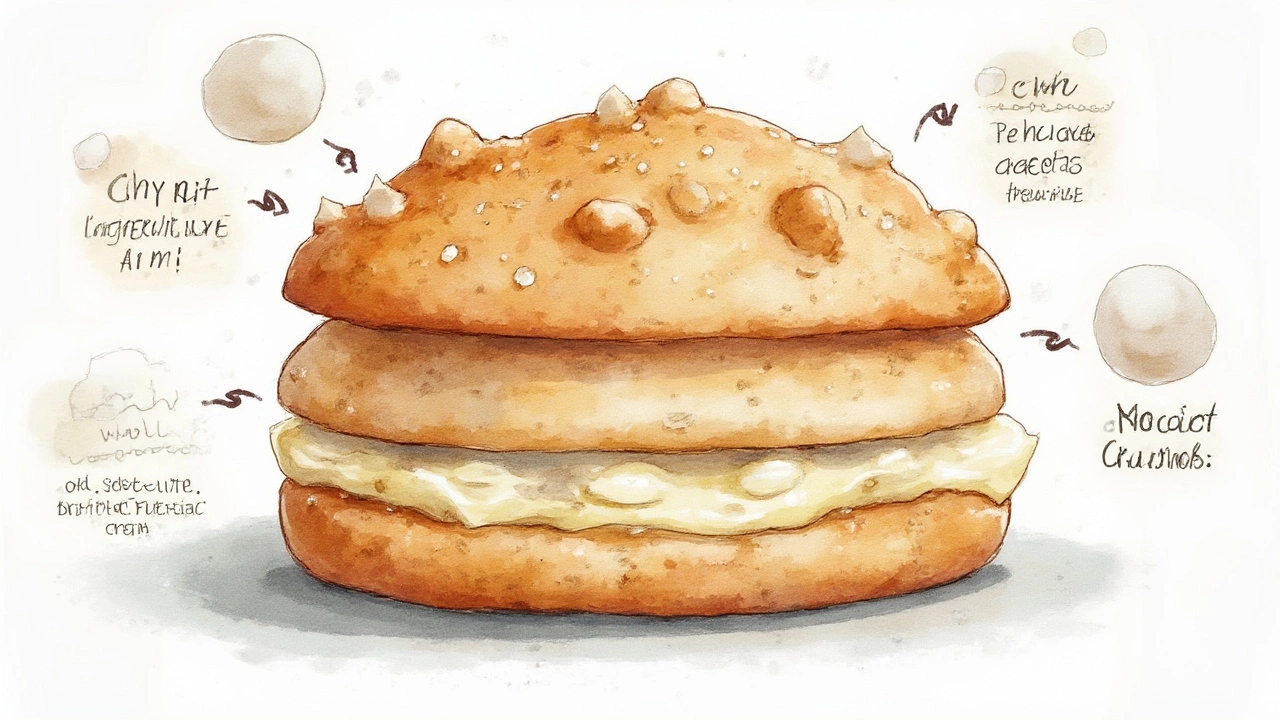
Pro Techniques and Secret Tips for Achieving Ultimate Cookie Fluffiness
Baking fluffy cookies isn't just about the ingredients on your list. It's also about the little tweaks and hacks you use from one batch to the next. Some of the best bakers have tricks up their sleeves that don’t always appear in the recipe notes. Here’s how you can get ahead of the game:
- Fluffy cookies need air in the dough from the start, so cream your butter and sugar for a solid 3-5 minutes. It should look pale and almost doubled in volume. Use a stand mixer if you have one; you'll notice the difference.
- Always start with room-temperature ingredients. Cold eggs or butter won’t blend evenly, leaving you with streaks or uneven texture.
- If you love super-thick cookies, scoop your dough high when shaping it onto your tray, like little domes, rather than flat discs. They’ll rise higher in the oven.
- Never overcrowd the baking sheet. Cookies spread more when pressed together; plenty of space helps them keep their shape and puff.
- For perfectly fluffy cookies and a golden crust, bake at a higher temp—375°F (190°C)—but for less time. Just check around the 8-10 minute mark.
- Rotate your trays halfway through baking if your oven has a hot spot. This keeps the rise even.
- Baking at high altitude? Cut back slightly on sugar and leaveners, add a touch more flour, and crank the temperature up 15-25 degrees. This helps the cookies set before they deflate.
- Try adding a tablespoon of plain Greek yogurt or sour cream for extra softness. The tangy dairy adds moisture and tenderness.
- If your dough is spreading too much, it’s probably too warm or high in fat. Chill it some more or try reducing the butter by a tablespoon.
- Want softer cookies? Slightly underbake them—the centers might look a little gooey when you pull them out, but they’ll set up soft.
If you like experimenting, split your dough in half next time and bake them side by side: one batch with more baking powder, the other with extra flour, and taste the difference yourself. You might be surprised at just how much one little tweak can change everything about your cookies.
Here’s something pro bakers know: humid weather can be your best friend for fluffy cookies. When there’s more moisture in the air, cookies bake up thicker. Drier climates dry out dough faster—if you live in Arizona or Nevada, try adding a teaspoon or two of milk to keep things tender.
Baking isn’t just about following a recipe word for word. Cookie making in particular is about learning the mood of your dough—how sticky, how chilled, how the air feels on baking day. There’s a rhythm to it. The more you experiment with leaveners, fats, chill times, and shaping, the more you develop an instinct for what makes that dreamy, fluffy cookie texture return each time. The best part? The results taste amazing, so nobody minds all your experiments. Now, armed with all these tricks, get ready to impress your friends: you’ll be known as the one whose cookies are impossibly fluffy, and—just between us—you’ll know exactly why.

